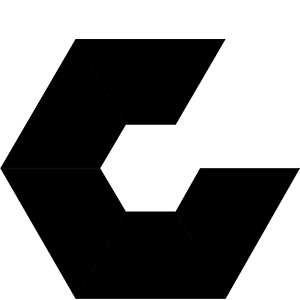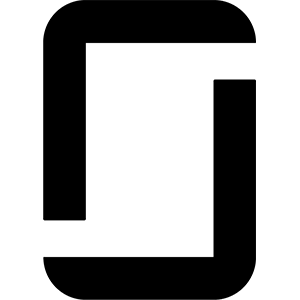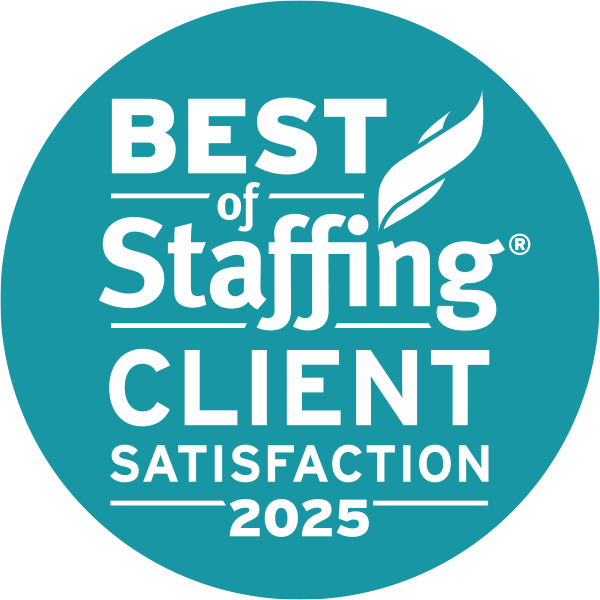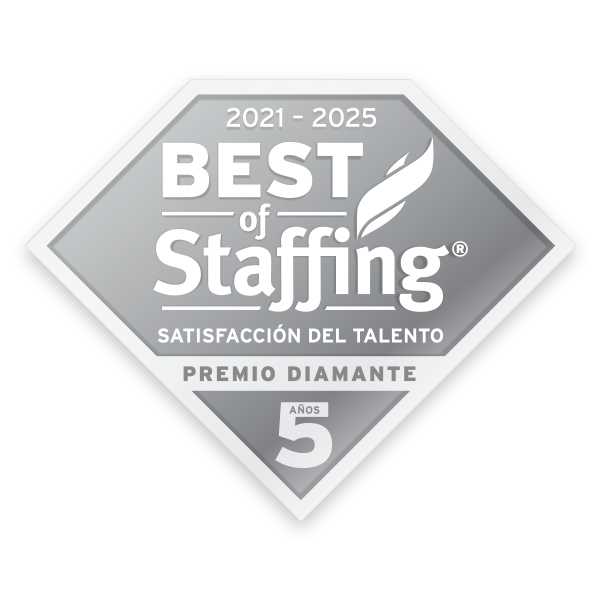 [accent]Patrick Neeman is the Director of User Experience with Jobvite. Patrick runs the UX Drinking Game, and also runs a blog, Usability Counts, that covers topics such as User Experience, Social Media, and Web Marketing. His previous experience includes working with startups to launch their products, User Experience and Social Media consulting with Microsoft, and managing a team of 25 User Experience professionals for a technology consultancy. You can follow him on Twitter at @usabilitycounts.[/accent]
[accent]Patrick Neeman is the Director of User Experience with Jobvite. Patrick runs the UX Drinking Game, and also runs a blog, Usability Counts, that covers topics such as User Experience, Social Media, and Web Marketing. His previous experience includes working with startups to launch their products, User Experience and Social Media consulting with Microsoft, and managing a team of 25 User Experience professionals for a technology consultancy. You can follow him on Twitter at @usabilitycounts.[/accent]
As a UX professional, it’s almost guaranteed that you’ll be working in a consultancy or contractor capacity at some point during your career. You might work for an agency, or as a solo freelancer, or you may work your way from contract to perm. Consulting is par for the course in user experience, and it’s a great skill to have.
Joining a team as a consultant is much different than coming in as a full-time employee, and has a completely different set of inherent politics. Not everyone is fit for this role, but those that do fit will find that they excel both in consultant roles and eventually back in employee roles. Being a consultant also offers you a great deal of flexibility.
To get you started, here are some tips that I’ve picked up through my years as a consultant:
Know Your Role
This is harder than it seems, because it changes from one client to the next. With some clients, your role may include just improving and enhancing existing documentation. For other clients, you might provide thought-leadership as you help to define the product, including conducting research that is far and beyond what is normally considered user experience.
Baseball is a great analogy: either you’re a high-priced free agent or you’re the callup filling in during the pennant stretch. Knowing where you bat in the lineup greatly helps you judge how you should interact with the client.
Whatever that role is, act accordingly. Fill in that role and fit in with the team as much as possible. The more they like you, the longer they’ll keep you around.
[accent]Remember, you are the solution to the client’s needs, even if it’s outside of your core skillset.[/accent]
Listen to Your Client
It’s like a usability test: ask a few questions, and let them talk. That’s why they hired you – so someone will listen to them and give them solutions to their problems. They’ll tell you about everything: how the project is off the rails, politics within the company, what they had for lunch, and so on. They’ll tell you about their weekends, their dating life – I mean everything. And that’s good, because you’ll want to take notes.
As you listen to them, not only will you get information about how they want their project run, you’ll also learn how to navigate the company culture. You’ll make better decisions – which leads to better results.
This doesn’t mean that you should do everything that the client says.
If you think that the client is going down the wrong path with the product development, it’s okay to follow up with some research. Your job is to offer your expertise to the client. When clients don’t listen, your time might be better spent elsewhere.
Make Your Client Look Good
I’ve seen this happen a few times: a user experience consultant is brought into the project, and the first thing they do is screw over the key client contact. They talk about how they don’t know user experience and/or how poorly the project is run. They talk about how the rest of the team isn’t very good. They’ll talk about bad platform choices.
That’s the wrong way the impress a client, because there are a thousand decisions that were made before you got there. You don’t understand the context of the decisions.
Your main goal should be to do everything you can to make the client look like a star.
It means:
- Fitting in with the team
- Presenting your work as a team product
- Talking about the team they have in a very positive way
- Never, ever going above their head, even if their superiors ask questions
Your secondary job is to build a relationship with the person that brought you in – because there’s a pretty good chance they’ll bring you in again if they like you. What you want is for them to endorse you to other people within the company and/or to other companies.
For example, there’s a lot of user experience work to be had with Disney in Los Angeles. If you do a good job for one part of Disney, like Parks and Resorts, there’s a good chance you’ll get recruited to work with another division, like the Disney Channel.
Many of the consultants that work with Disney have worked there for years – just for different divisions.
[accent]Clients that feel good about the experience will tell everyone they know. Those that don’t feel good about the experience will also tell everyone they know.[/accent]
Document Everything
I know we’re trying to get to a lean world. Until that changes, there will be one truth of user experience: we are in the business of deliverables. Especially if you’re a consultant, which means establishing wireframes and personas so clean you can eat off them.
When you’re brought into a project, there’s a pretty good chance you won’t be working with the developers — they’ll come by later or will be in another country. Clients will bring in resources in phases. This isn’t the most efficient way to do things, but it is the way most projects are run, because clients view this as the most cost-effective method.
This doesn’t stop with the wireframes. Document what’s said in meetings. Document your time in tools like FreshBooks. Document change requests. Document everything.
The minute you don’t document something, there’ll be questions. It might be a meeting note, an annotation — or the worst case scenario, it’s about the bill. There’s nothing worse that arguing over a bill that isn’t documented well, and that can lead to legal issues.
Clients will question everything; if you can provide them with answers, you’re protecting yourself and the client.
Know When to Walk
Repeat after me: I am not a fit for every client. I am not a fit for every client. I am not a fit for every client. Say this several times.
You’ll know when you meet the client – or, at the latest, at the beginning of the project. There are several signs: they think that your job is to document what they want verbatim: the mantra that research is for the weak, or when you see unrealistic deadlines looming. Whatever the signs are, the best way to mitigate this is to agree to a one-month trial period to see if it’s a fit. This way, you’ll get a good idea whether or not working with the client will be successful.
A couple of years ago, I worked with an agency where I was clearly the wrong fit for the project. There were a couple of other mitigating factors (the project manager wasn’t very good his job), but the account manager and I agreed that this job was not for me, and we decided to part ways. In the end, it was the best thing for their client.
One of the best pieces of advice I can give you is this: “Choose your clients wisely.” Having great clients is better than having a bunch of nasty clients whose names you curse as you pound out their coveted documentation. This, more than anything, will determine your success as a consultant.







